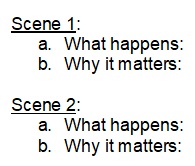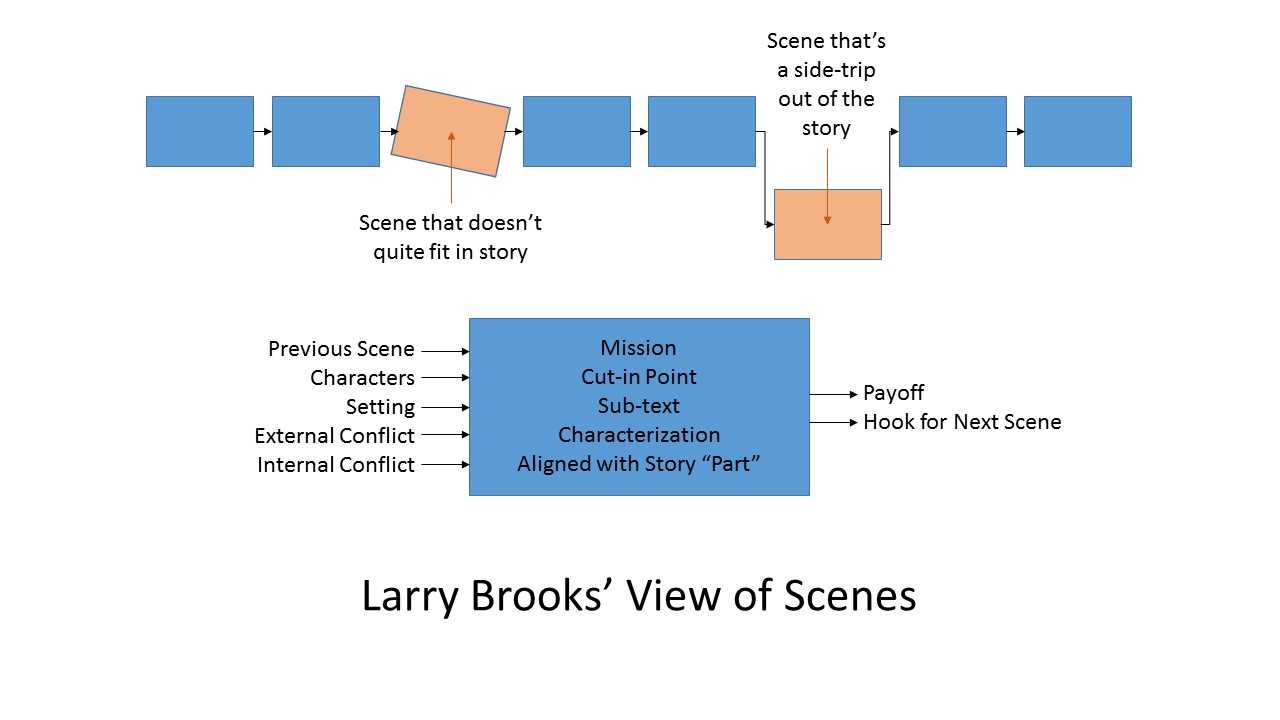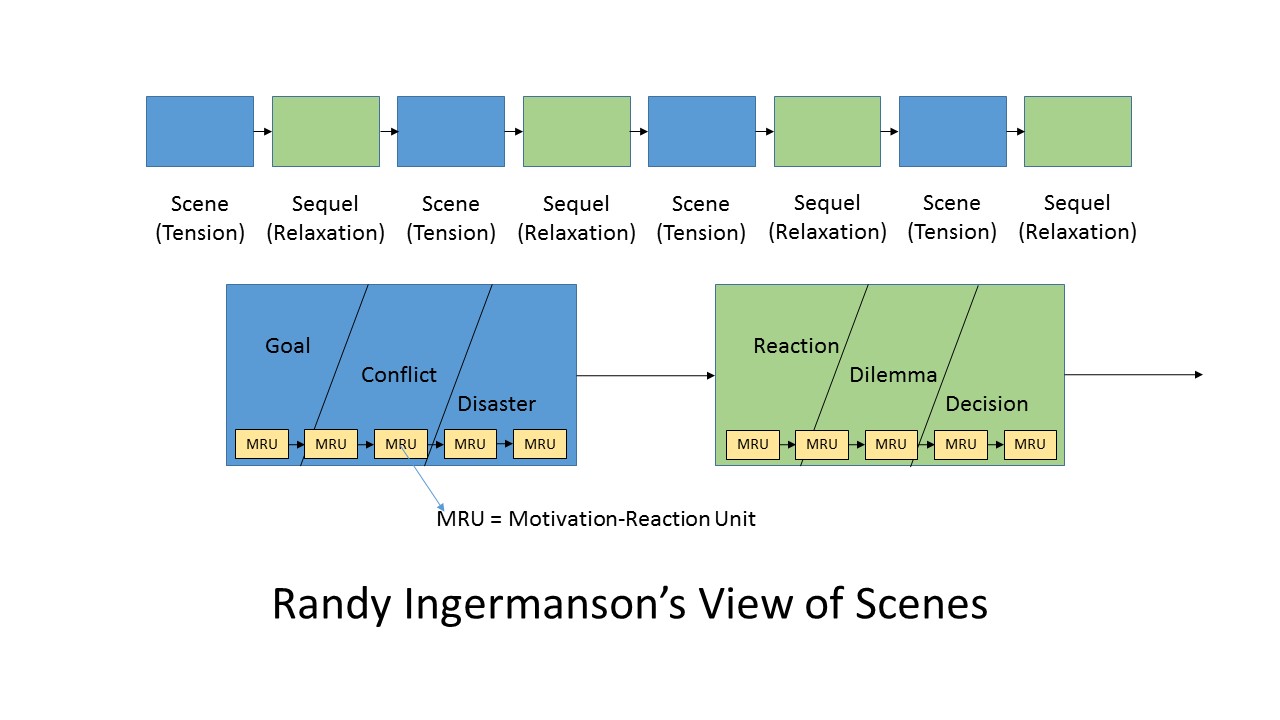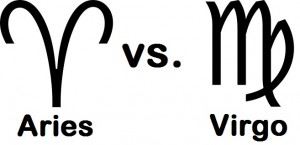Ah, outlines. Some writers love ’em. Others despise ’em. In which camp do you pitch your tent?
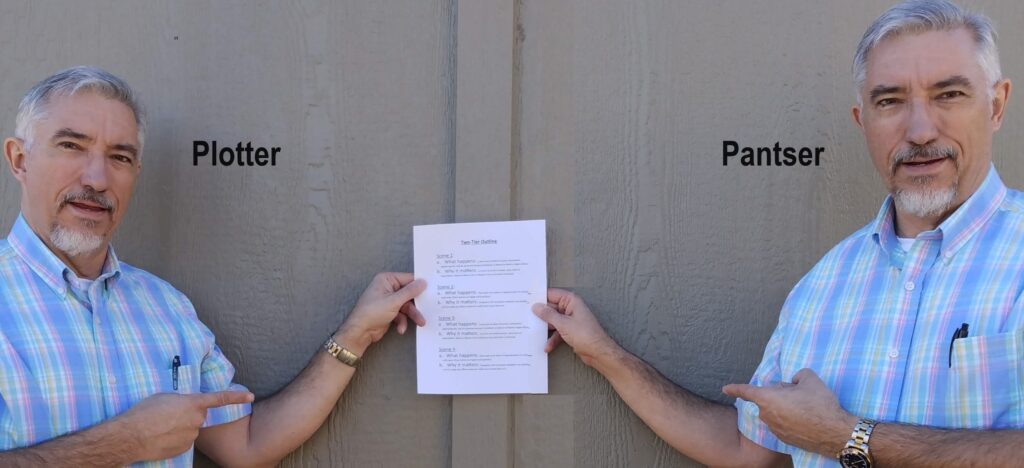
Dilemma
In general, plotters love outlines. Plotters plan before writing, and that requires an outline, as detailed as possible. It comforts them to know where they’re going, what to write next.
In contrast, pantsers (as in writing by the seat of) abhor outlines. Too restrictive, too inhibiting. They want to write free of constraints, letting the story take them where it will. They figure if they don’t know how it will end, the reader won’t guess either.
Might there exist some rare species of outline acceptable to both types? Such an outline would strike a perfect balance, detailed enough for plotters, yet simple enough for pantsers.
Solution
The folks at Author Accelerator may have found it. They call it the Two-Tier Outline. (For pantsers repulsed by the very word ‘outline,’ you may call it the Two-Tier Guideline, or some similarly inoffensive term.)
The Author Accelerator post explains it better than I can. Although they focus on novels, the technique should work as well for short stories and novellas.
The method is simple: list your story’s scenes. For each scene, add two sub-bullets. The first states what happens in the scene, and the second states why the scene matters to your protagonist. Keep the whole thing under four pages.
How Plotters Benefit
Plotters often focus on action, on events, the essence of plot. When they do, what gets left out? Feelings, emotions, motivations, thoughts. Good plotters add those to the manuscript as they write. Bad plotters fail to include them in the story. The resulting work bristles with action, but contains flat, uninteresting characters.
The Two-Tier Outline forces plotters to include these otherwise missing elements. Also, the three-page limit constrains plotters’ tendencies to over-plan.
I blogged about a different way to factor in motivations here, but the Two-Tier Outline seems simpler.
How Pantsers Benefit
A simple, minimalist outline format grants pantsers plenty of freedom to go where the story leads them. However, having thought through the ‘what’ and ‘why’ of the scenes beforehand, pantsers may avoid writing themselves into a box, and therefore avoid major rewrites.
Also, if the story does end up deviating far away from the original outline, the pantser hasn’t wasted much time outlining. Nor would it take much time to re-do the outline, if desired.
Worth a Try?
Maybe this in-between, one-size-fits-all outline method will work for you. Consider adding it to your writer’s toolkit. If it works, great. If not, modify it to suit you better, or discard it.
An outline tool useful to both plotters and pantsers? Until Author Accelerator introduced it, nobody could have imagined such a thing, least of all—
Poseidon’s Scribe

